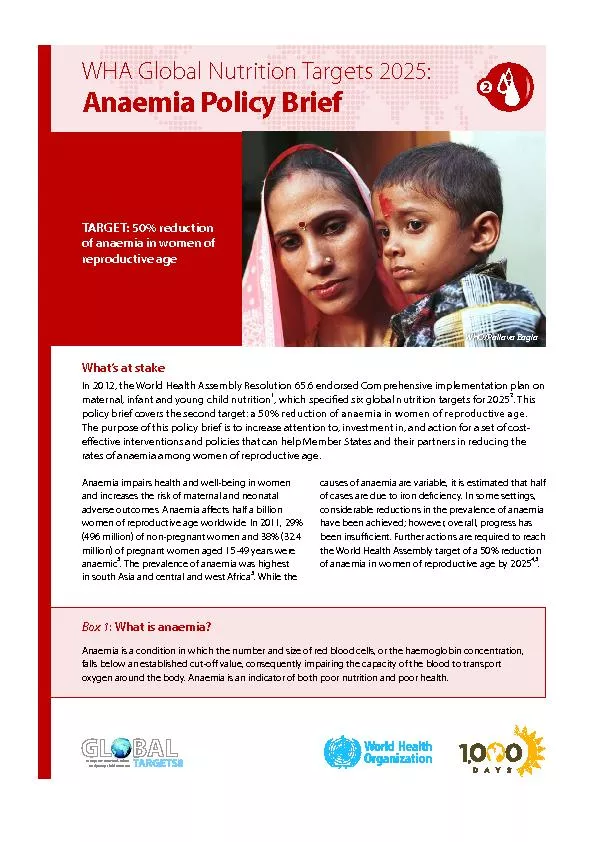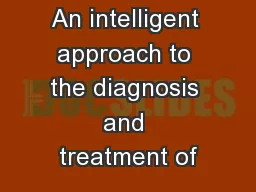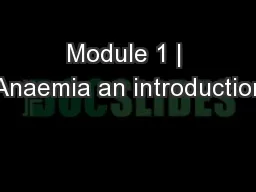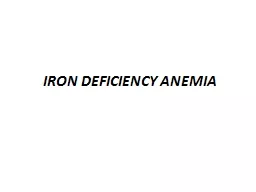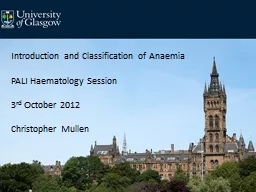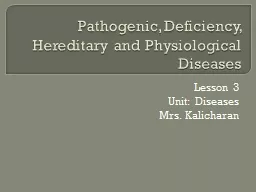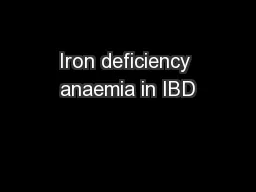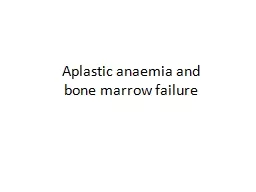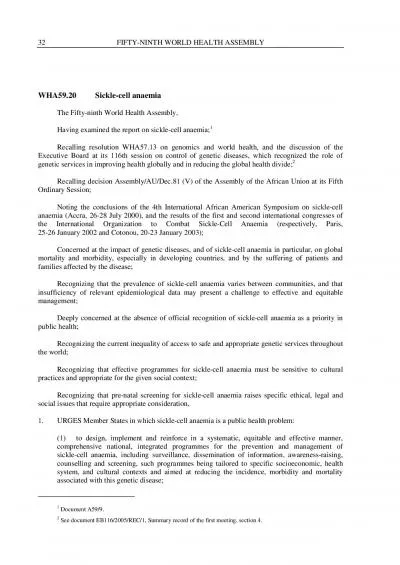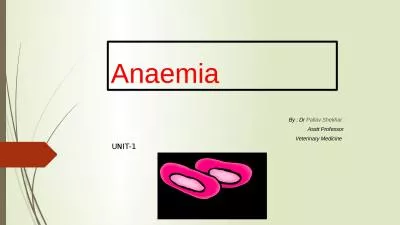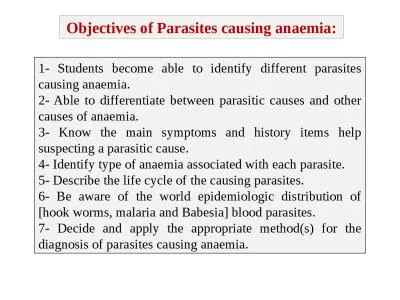PDF-Box 1:What is anaemia?Anaemia is a condition in which the number and s
Author : tatyana-admore | Published Date : 2016-05-10
What146s at stakeIn 2012 the World Health Assembly Resolution 656 endorsed Comprehensive implementation plan on maternal infant and young child nutrition which specied
Presentation Embed Code
Download Presentation
Download Presentation The PPT/PDF document "Box 1:What is anaemia?Anaemia is a condi..." is the property of its rightful owner. Permission is granted to download and print the materials on this website for personal, non-commercial use only, and to display it on your personal computer provided you do not modify the materials and that you retain all copyright notices contained in the materials. By downloading content from our website, you accept the terms of this agreement.
Box 1:What is anaemia?Anaemia is a condition in which the number and s: Transcript
Download Rules Of Document
"Box 1:What is anaemia?Anaemia is a condition in which the number and s"The content belongs to its owner. You may download and print it for personal use, without modification, and keep all copyright notices. By downloading, you agree to these terms.
Related Documents

